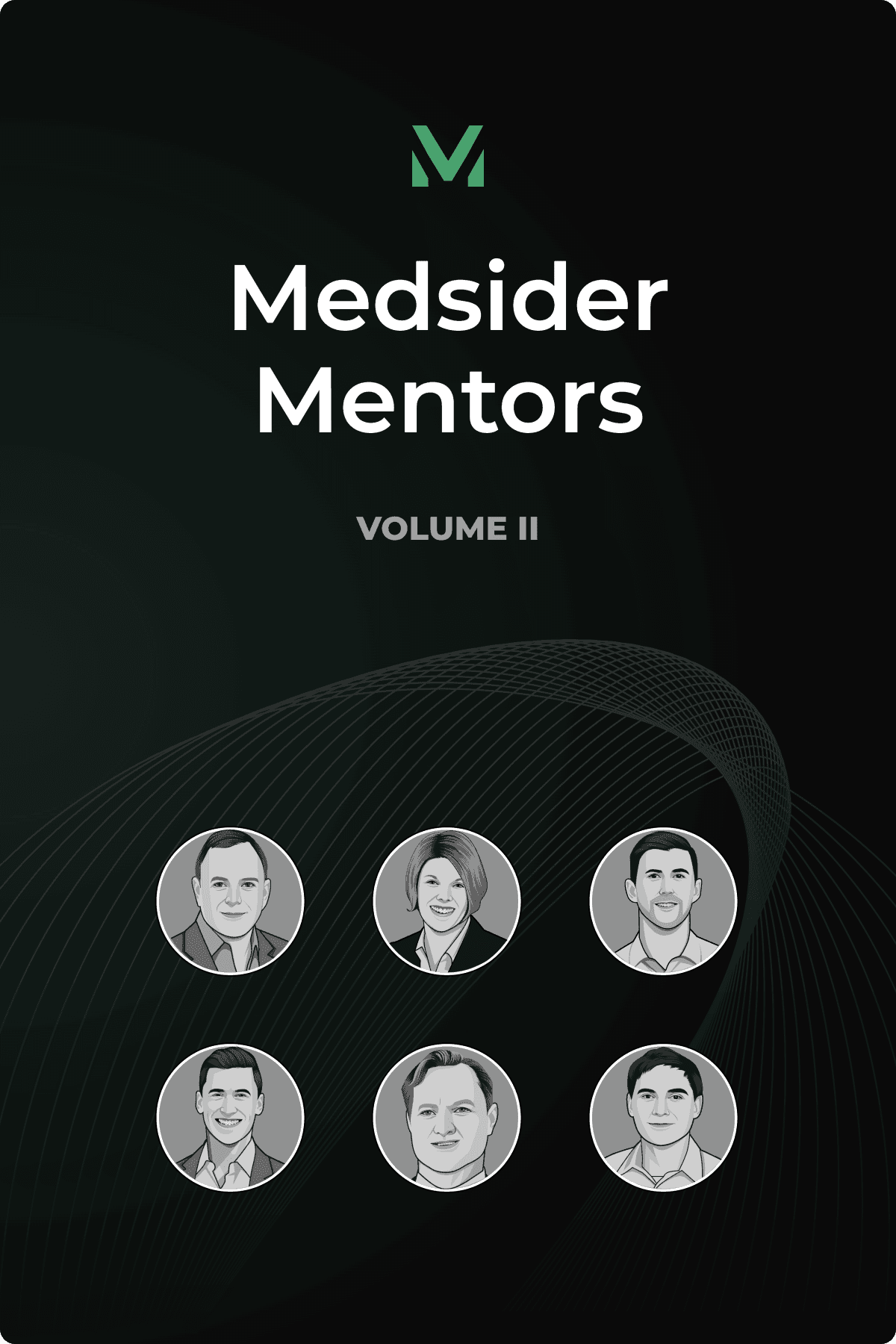How to Get a Medical Device Startup Off the Ground
Interview with Asha Parekh, CEO of Front Line Medical Technologies

We recently caught up with Dr. Asha Parekh, a biomedical engineer and the co-founder & CEO of Front Line Medical Technologies, a Canadian medical device startup. Front Line has developed a novel REBOA device that helps trauma patients survive in emergency situations. If you're not familiar, REBOA stands for Resuscitative Endovascular Balloon Occlusion of the Aorta.
In this discussion with Asha, we learn about her medtech journey from early-stage device prototypes to raising venture capital to navigating the global regulatory landscape.
You May Like These Articles
Medsider Premium
Become a premium member and unlock access to exclusive Medsider benefits.



